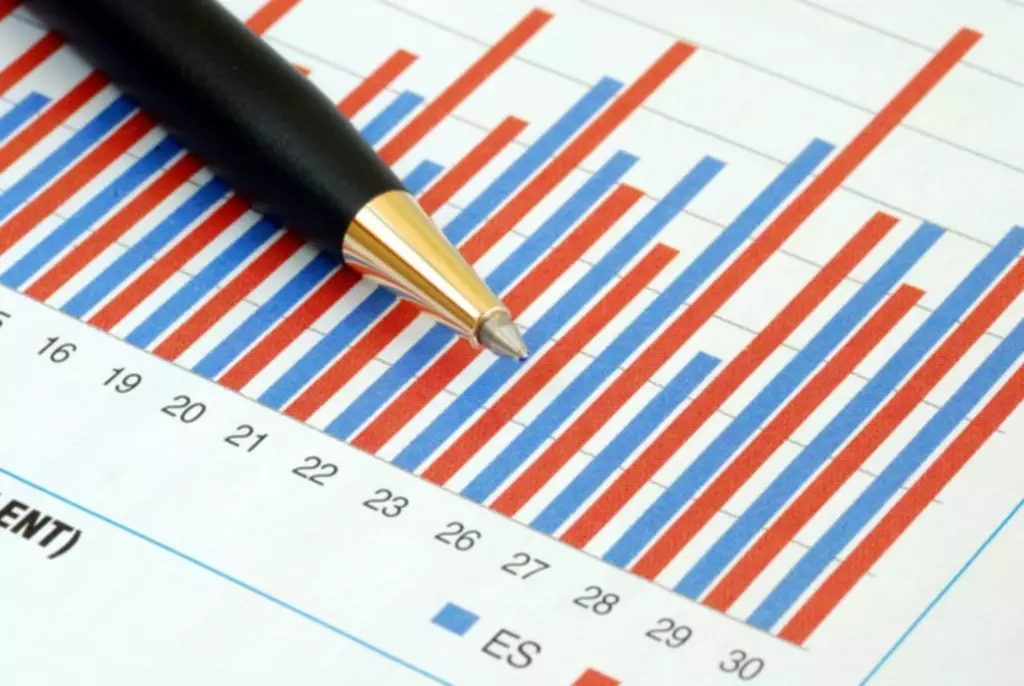Content

In fact, some financial pundits believe the Savings and Loans Crisis of 1989 could have been avoided entirely if banks and lending institutions used the mark-to-market accounting method instead of historical cost accounting. Banks were listing the original price they paid for assets and only made changes on the books when those assets were sold. Incidentally, a taxpayer who scores the much-coveted trader tax status from the IRS can also enjoy other benefits at the end of the tax year, such as a wash sale, something mark to market accounting that is normally prohibited for tax purposes. A wash sale involves selling marketable securities for intentional trading losses and then repurchasing them after filing taxes so that the trading losses can reduce the overall income of the taxpayer. This is in addition to the MTM accounting that allows them to benefit from the unrealized loss of a security without selling it. The debate occurs because this accounting rule requires companies to adjust the value of marketable securities to their market value.
It allows for measuring the changing value of assets and liabilities prone to fluctuations. A gain equal to $5 per share of stock A would be recorded in the other comprehensive income account in the equity section of the company’s balance sheet. The marketable securities account on the asset side of the balance sheet would also increase by that amount. An amount equal to $10 per share of stock B would be recorded as an unrealized loss on the company’s income statement. The most fundamental criticism of fair value accounting is that it drives banks to the brink of insolvency by eroding their capital base.
What is mark to market accounting?
Normally securities, like stocks, are not factored into a tax filing if the trader has an open position with these securities—that is, they have not sold them by the end of the taxable year. The privilege of electing mark-to-market accounting means these day traders can put down the fair market value of a given security when they file their taxes, whether that results in a capital gain or a capital loss.
- Suppose a banker purchases a one-year fixed-rate security (or makes a lump-sum, one-year loan) with an interest rate of 10 percent, the current market interest rate.
- All of the same trade matching rules involved in reporting trade history for capital gains and losses apply for MTM, so having an automated method of doing so can save you many hours of work.
- This is due to the fact that having a more accurate idea of how much an investment is worth can help an investor to make better investment decisions.
- Financial securities are generally volatile, and the market value is the only real value of these securities, mainly if these assets are classified as available for sale or trading.
- It is important to point out that a company will want to take a snapshot daily as the stock market changes daily and thus so does the appraisal of the company’s finances.
- This is common for futures accounts to make certain that investors meet margin requirements.
Given FASB’s two recent pronouncements on Level 3 assets, there is no question that banks will increasingly value illiquid securities by marking them to model. During the first quarter of 2009, Level https://www.bookstime.com/ 3 assets at the 19 largest U.S. banks increased by 14.3%, as compared with the prior quarter. Marking to model lets banks paint a relatively optimistic picture of their financial condition.
Uses of Mark-to-Market Accounting
These types of assets typically include company land or equipment that has depreciated over the course of its useful life, including assets such as buildings and machinery. The term mark to market refers to a method under which the fair values of accounts that are subject to periodic fluctuations can be measured, i.e., assets and liabilities.

The stricter standards included more explicit financial reporting, stronger internal controls to prevent and identify fraud, and auditor independence. In addition, the Public Company Accounting Oversight Board was created by the Securities and Exchange Commission for the purpose of overseeing audits. The Sarbanes-Oxley Act also implemented harsher penalties for fraud, such as enhanced prison sentences and fines for committing fraud. Although the law was created to restore investor confidence, the cost of implementing the regulations caused many companies to avoid registering on stock exchanges in the United States. Mark-to-market or fair value accounting is accounting for the “fair value” of an asset or liability based on the current market price, or the price for similar assets and liabilities, or based on another objectively assessed “fair” value. Fair value accounting has been a part of Generally Accepted Accounting Principles in the United States since the early 1990s, and is now regarded as the “gold standard” in some circles.[which? Mark to market is a method of measuring the fair value of accounts that can fluctuate over time, such as assets and liabilities.
